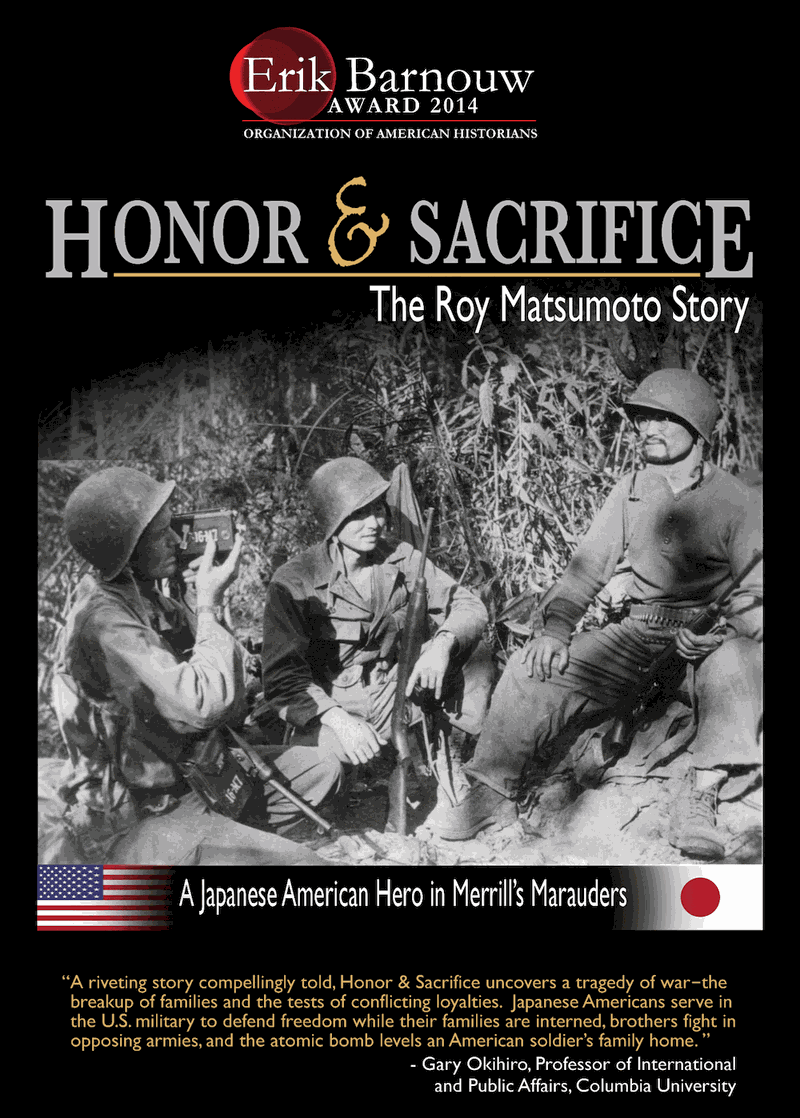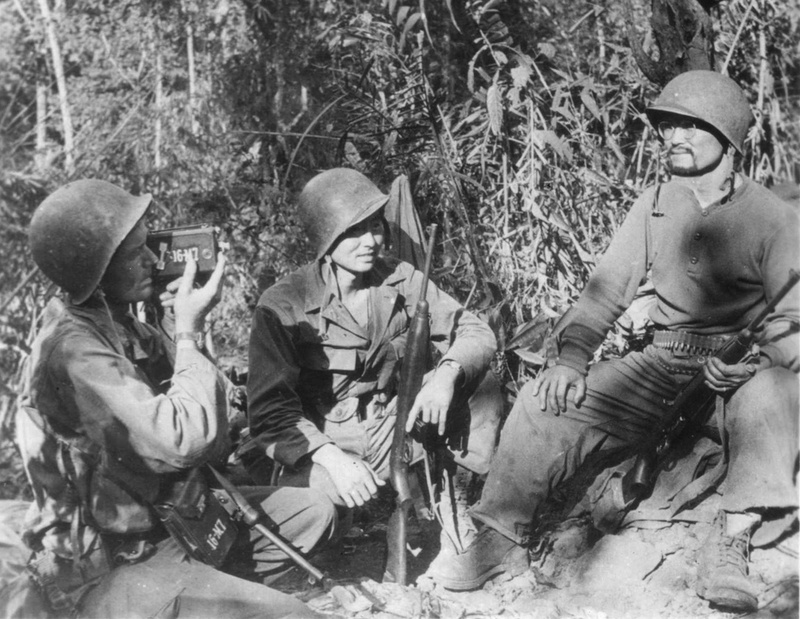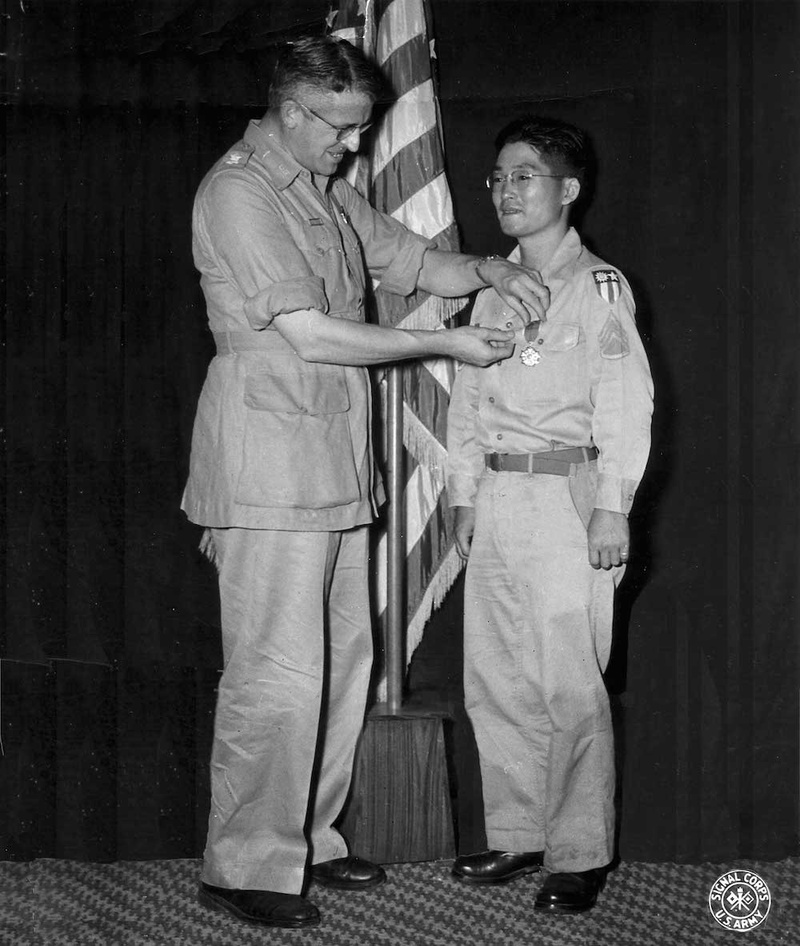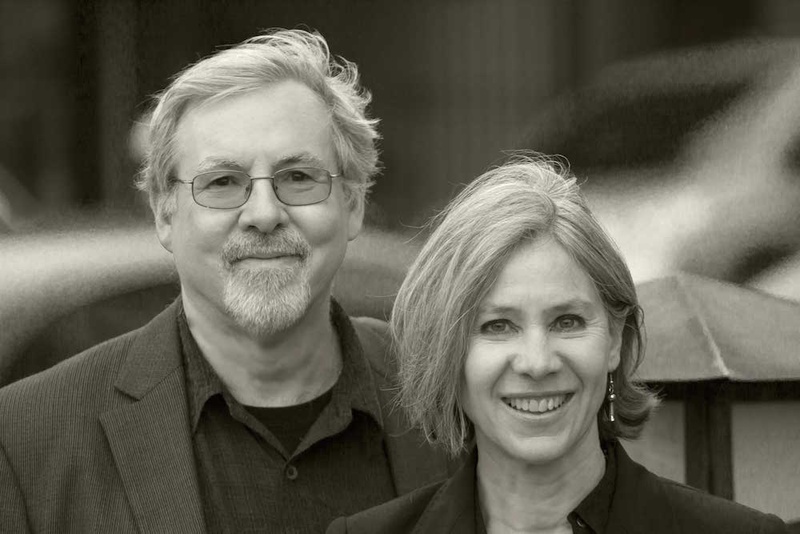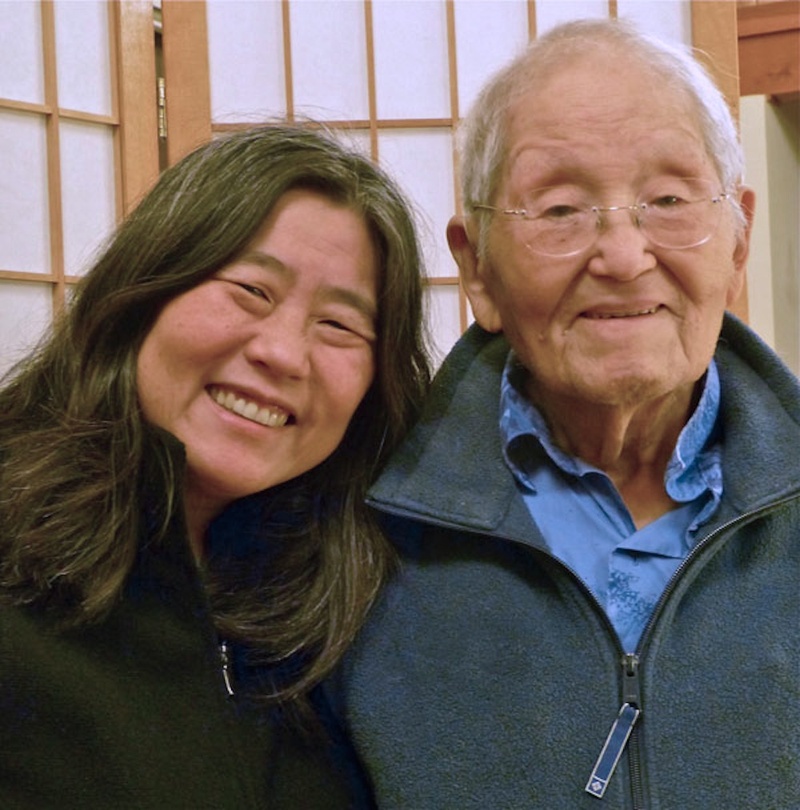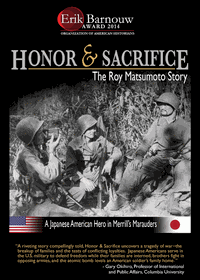Heroes come in all shapes and sizes. They are found in our local communities, schools, and workplaces. And sometimes their stories make it to the six o’clock news while others remain under a blanket of anonymity and secrecy, buried from public knowledge.
Roy Matsumoto’s story was hidden under such a blanket for 50 years as ordered by the U.S. government. Now, Roy’s secret missions as a World War II soldier and linguist in the U.S. Army’s Military Intelligence Service (MIS) are revealed in a film aptly titled Honor & Sacrifice.
The film, produced by a husband and wife team of Don Sellers and Lucy Ostrander, masterfully chronicles the narratives of three generations of the Matsumoto family. Initially a 17-minute film that focused on Roy and his military exploits, it eventually evolved into a 28-minute film to include his family history. What appeared to be a straightforward and linear structure to Roy’s military life soon unveiled a life that was anything but.
“We began to understand that this was a powerful and complex story of a Japanese family divided by WWII,” said Ostrander. “The Matsumoto family had two sons serving in the U.S. military and three serving in the Japanese Army while the parents and daughters were living in Hiroshima.”
The filmmaking duo, who met at Stanford University as graduate students of the Documentary Filmmaking program, first heard about Roy’s story through his daughter, Karen Matsumoto. They had previously worked together on projects about the Japanese American experience, including one about the Japanese Americans on Bainbridge Island. “Karen wrote a successful grant proposal for the California Civil Liberties Public Education Program,” Ostrander said, “and we launched a Kickstarter campaign where we were able to raise production funds to start working on our film Honor & Sacrifice."
Roy was born in California on May 1, 1913. Like many early Issei immigrants, his father and mother were sharecroppers. Their livelihood required an “all hands on deck” work code including the children. As expected of them, Roy, his four brothers, and two sisters attended school, completed house chores, and helped out on the farm.
It was not uncommon in those days to send Nisei children, usually the eldest son, to their ancestral homeland to receive a formal education. Many Issei parents desired for their children to not only receive a Japanese education but also be indoctrinated by Japanese society and culture. After some time, these Nisei returned to the U.S. well versed in Japanese and re-assimilated in a country where they were born. As a result, a new subset of Nisei was formed—the Kibei. Conflicts of loyalty and belonging between Japan and the United States surely began to brew. Such is the immigrant paradigm.
Roy was a Kibei. In 1921, his parents sent him and his brother Takeshi to Japan near Hiroshima. After spending nearly a decade in Japan, Roy returned to the U.S. and graduated from Long Beach Polytechnic High School in 1933. During those years, Roy worked at a Japanese grocery store in Los Angeles. While delivering groceries, Roy picked up various dialects from interacting with the customers who came from all over Japan. This knowledge would serve Roy well in unexpected ways.
Pearl Harbor was attacked on the morning of December 7, 1941. About two and a half months later, President Roosevelt signed Executive Order 9066 authorizing the military to remove 120,000 Japanese and Japanese Americans from their homes. The Jerome War Relocation Center in Arkansas became Roy’s new home.
With Japan’s entry into World War II and the throes of proving loyalty to the United States, opportunities arose for Japanese American men to step outside of the barbed wires and into military service. Roy found himself serving in the U.S. Army’s MIS.
Roy, handpicked as 1 of 14 Nisei linguists, joined a special guerrilla unit to reopen the Burma Road and secure a supply route to China. This unit became popularly known as Merrill’s Marauders, named after Brigadier General Frank Merrill. As the “eyes and ears” for the United States Army, this group of Nisei men proved instrumental in the fight against Japan. They translated enemy documents, battle plans, intercepted enemy communications, and even interrogated Japanese prisoners of war. They were America’s “secret weapons” and indispensable in the war against Japan.
After spending 20 years as a Military Intelligence linguist and specialist, Master Sergeant Roy Hiroshi Matsumoto retired from his military career in 1963. It was a career showered with numerous military honors, one of which was the Congressional Gold Medal.
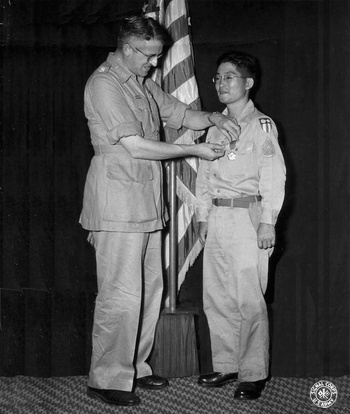
Roy, war hero and brave soldier of the famed Merrill’s Marauders, passed away on April 21, 2014 at the age of 100. Much to the delight of Ostrander, Sellers, and Karen Matsumoto, Roy got to see Honor & Sacrifice before his passing.
While the film captures Roy and his family’s journey during the trying times of World War II, it truly succeeds in broadening the perspectives of the immigrant experience. “We often uncover secrets when making films, but the revelations in this documentary astonished us,” Ostrander shared. “Their journey is an embodiment of the immigrant experience, ultimately revealing the extraordinary strength that America gains from its diversity.”
* * * * *
*Honor & Sacrifice won the prestigious 2014 Erik Barnouw Award from the Organization of American Historians as well as the 2014 History In Progress Award from the American Association for State & Local History.Find out more about the film at www.honordoc.com.
Please join us for a free screening of Honor & Sacrifice on Saturday, May 9, 2015 at 2 p.m. at the Japanese American National Museum. The screening will be followed by a panel discussion with Karen Matsumoto and filmmakers Lucy Ostrander and Don Sellers.
© 2015 Japanese American National Museum


